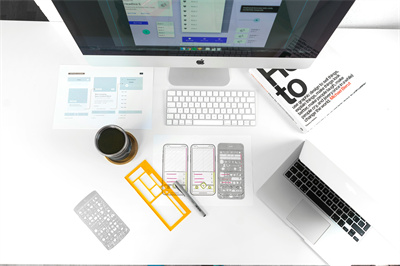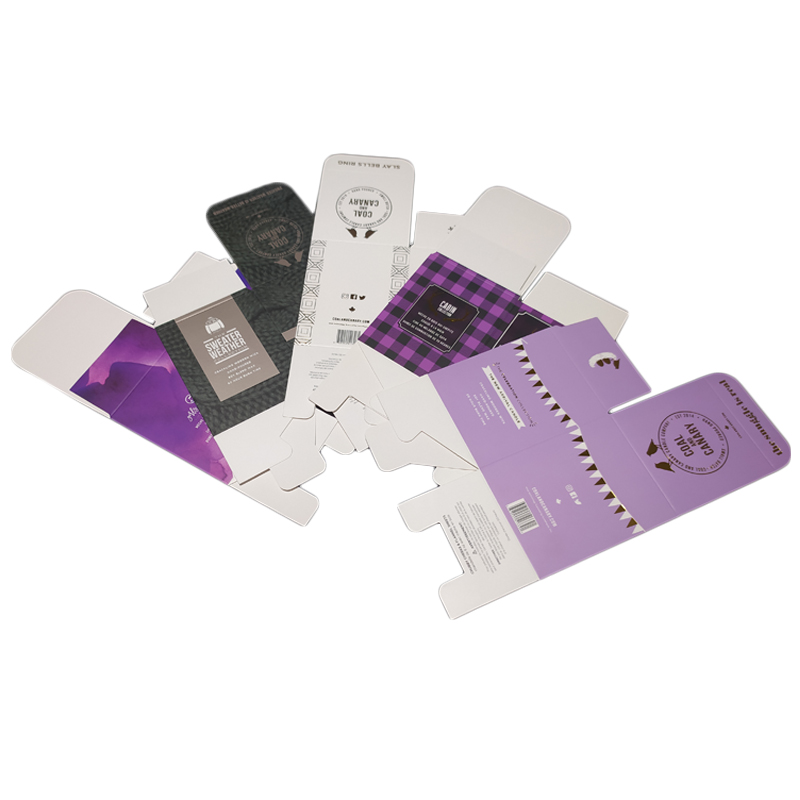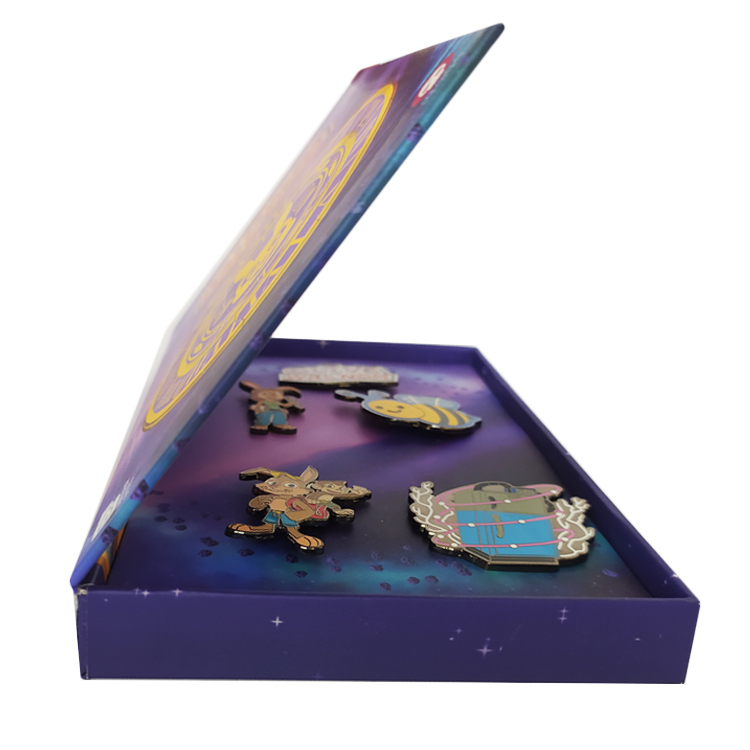Contact Us

Contact Us


Guangzhou Huaisheng Packaging Co.,Ltd.
We provide customers with quality products and provide high-quality services.
If you would like to leave us a comment please go to contact us
+86-18122240089

Embarking on a career in packaging design is akin to becoming a visual storyteller, where each product's package is a canvas for creativity and strategic thinking.
As an aspiring packaging designer, you're not just shaping boxes and labels, but crafting the first tangible interaction between a product and its potential consumer.
In this article, we'll discuss what knowledge a packaging designer needs to master.
Whether you're a student, a recent graduate, or simply seeking a career change, this guide will help you navigate the exciting world of packaging design and set the foundation for a successful and fulfilling career.

The choice of packaging material is the foundation upon which all design elements are built. As a professional packaging designer, you must possess a thorough understanding of materials such as plastic, paper, glass, and metal, each with its unique properties, benefits, and drawbacks.
In today's eco-conscious marketplace, designers are also tasked with exploring sustainable options like biodegradable plastics, plant-based materials, and recyclable or compostable solutions.
Designers must consider the environmental impact of their designs, from production to disposal. This includes optimizing the use of materials to reduce waste, selecting inks and adhesives that are less harmful to the environment, and designing for end-of-life scenarios such as recycling or composting. By mastering sustainable design practices, packaging designers not only contribute to the well-being of the planet but also cater to the growing demand for green products among consumers.

Aesthetics play a crucial role in packaging design, as the visual appeal can significantly influence consumer preferences. Mastery of design principles such as balance, contrast, hierarchy, and alignment is essential. Color theory is also vital, as colors can evoke emotions and drive brand recognition. Typography must be legible and appropriate for the brand's voice, while imagery should be high-quality and relevant to the product.
However, aesthetics must not overshadow functionality. It is important to balance beauty with practical considerations, ensuring that the design protects the product and is easy to use.
For instance, a visually stunning package that is difficult to open or does not stack well can detract from the user experience. The challenge lies in creating a package that is both attractive and functional, enhancing the product's value and ensuring customer satisfaction.
In today's digital age, technical proficiency is a non-negotiable skill for packaging designers. Familiarity with software such as Adobe Creative Suite—including Illustrator for vector graphics, Photoshop for image editing, and InDesign for layout—is essential for creating professional designs. Additionally, knowledge of CAD software for 3D modeling and prototyping is increasingly important as packaging design becomes more complex.
Understanding the technicalities of print processes is also critical. Designers must know how to prepare files for printing, including color separations and bleed settings, to ensure the final product matches their vision. You should be adept at creating digital mockups to visualize the design before it goes into production, saving time and resources by identifying potential issues early in the design process.
The psychology behind consumer behavior is a key area of knowledge for packaging designers. Packaging serves as a tangible representation of the brand, and effective design can significantly influence purchasing decisions. Designers must understand how to incorporate branding elements such as logos, color schemes, and typographic styles to create a cohesive and memorable brand experience.
Storytelling is another powerful tool in the packaging designer's arsenal. By weaving a narrative into the packaging, designers can engage consumers on an emotional level, creating a connection that goes beyond the product itself. This might involve using imagery, texture, or interactive elements to tell the brand's story and convey its values.
Packaging designers must navigate a range of practical constraints, from budget limitations to production considerations. They need to design cost-effective solutions that do not compromise on quality or aesthetics. This requires an understanding of manufacturing processes, material costs, and the economics of scale.
Logistics also plays a significant role in packaging design. Designers must consider how the package will be transported, stored, and displayed on shelves. They need to optimize the design for space efficiency while ensuring that it stands out and attracts consumers.
Effective collaboration and communication are essential for packaging designers. They often work with cross-functional teams, including marketing professionals, product managers, and manufacturing experts. Designers must be able to express their ideas clearly and respond constructively to feedback.
Presentation skills are also important, as designers frequently need to pitch their concepts to clients or stakeholders. Being able to convey the rationale behind design choices and how they align with the brand's objectives is crucial for gaining buy-in and moving projects forward.

As we know, the packaging industry is dynamic, with new materials, technologies, and consumer trends constantly emerging. Packaging designers must commit to lifelong learning to stay ahead of the curve. This may involve attending workshops, participating in design competitions, and studying the work of leading designers.
Adaptability is also key. Designers must be willing to experiment with new ideas and approaches, learn from their successes and failures, and continuously refine their craft. By embracing change and seeking inspiration from a wide range of sources, designers can keep their work fresh and relevant.
Mastering the skills outlined in this article will benefit those who want to be a professional packaging designer.
As we conclude, remember that the journey to becoming a proficient packaging designer is one of continuous growth and exploration. Embrace the learning process, stay curious, and let your passion for design drive you toward creating innovative and impactful packaging solutions. Your career in packaging design promises to be as rewarding as it is diverse.
